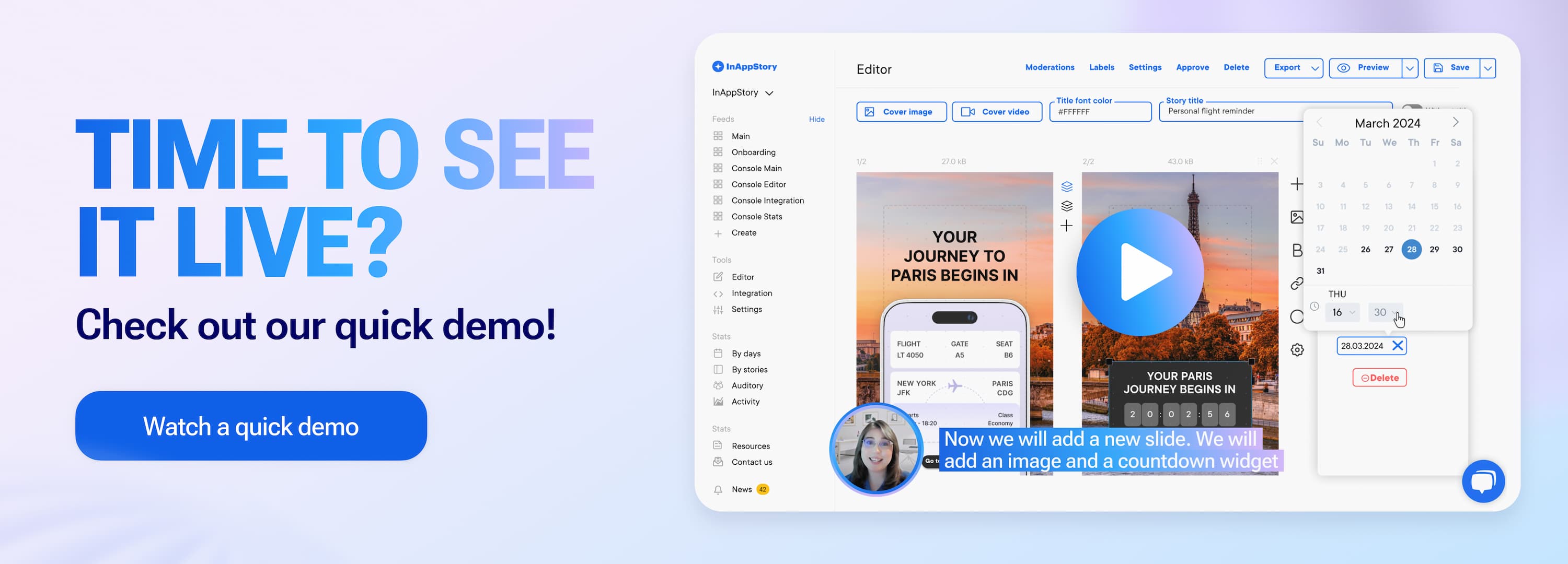Papa Johns Game That Got Customers Playing (and Eating)
Papa Johns is one of the world’s leading pizza brands. They’re known for fresh ingredients and exciting new recipes. Competing in a crowded market isn’t easy, so the company often turns to creative strategies to stand out.
One of their recent approaches is launching pizzas with trendy, standout ingredients. These products are designed to taste great and grab attention. Each launch is supported by campaigns that drive both online engagement and in-store visits.
For the Shawarma Pizza launch, Papa Johns wanted to go beyond typical digital ads. They aimed to create an experience that stuck with customers. It had to spark curiosity and encourage visits to their pizzerias.
Together, we built an interactive game that resonated with over 12,951 users and clocked 420 hours of total engagement. This is the story of how it worked and why it worked.
Slice Ingredients, Win Pizza
The solution was simple: a game where users slice falling ingredients to “build” the perfect Shawarma Pizza. Correct slices (the actual pizza ingredients) boosted scores. Incorrect ones? You lost points.

The mechanics were inspired by classics like Fruit Ninja but customized to reflect the Shawarma Pizza story. It’s a simple mechanic, but it had to do several things at once:
- Feel satisfying on the first play
- Hold attention through multiple sessions
- Clearly showcase the Shawarma Pizza’s unique value
Players could choose between two modes:
- Standard Mode, which focused on scoring enough points to win a promo code for a free pizza. This mode was designed for accessibility — almost anyone could succeed on their first try.

- Pro Mode, for those who wanted to compete for higher scores and share results with friends. While it was less popular, it added a layer of competition for engaged players.
The flow was straightforward: customers saw an ad, played the game, received a promo code, and visited a Papa Johns restaurant to claim their prize. The result? More foot traffic, increased retention, and higher average checks at participating locations.

The Results That Matter: 420+ Hours of Engagement
Here’s what the data tells us about the campaign’s impact:

1. It attracted and retained users:
- 12,951 unique users played the game, logging 35,614 sessions in total.
- On average, players came back three times, which signals more than curiosity — it reflects enjoyment.
2. It kept users engaged:
- Sessions lasted 42.5 seconds on average. It may seem brief, but in the world of interactive content, that’s long enough to capture attention and leave an impression.
- Total playtime exceeded 420 hours — more than two weeks of nonstop pizza-inspired engagement.
3. It created competition:
- Scores averaged 88 points per session, with many users reaching the 130+ range.
- The Pro Mode, targeted at competitive users, was activated in 20.2% of sessions. It’s a smaller slice of the audience, but these users represent some of the most dedicated participants.
4. It aligned play with product:
- Every ingredient in the game wasn’t just a design choice — it reflected the actual Shawarma Pizza. By slicing through the right combinations, players understood what made this pizza unique.
Why It Worked: Lessons for Marketers
1. Simple mechanics, rich context
The game itself wasn’t complicated. Anyone could pick it up and play. But the way it tied into the product was crucial. By using the pizza’s actual ingredients as gameplay elements, every interaction reminded users what the Shawarma Pizza is about.
2. A tangible incentive
The promise of a free Shawarma Pizza created urgency and a clear goal. This kind of reward goes beyond typical discounts because it’s experiential. Users got a chance to interact with the product before even ordering it.
3. Balancing accessibility with challenge
Most players didn’t need “Pro Mode” to enjoy the game. But for the competitive few who wanted more, it was there. This dual approach ensured the game appealed to a broad audience while still rewarding those who wanted to dive deeper.
4. Alignment across channels
The game fit seamlessly into a larger digital campaign that included ads, social media, and multi-country reach including localizations for markets like Saudi Arabia and the UAE.
Conclusion
This project wasn’t just about promoting a pizza. It was about showing how interactivity can deepen customer relationships. Papa Johns didn’t need to rely on flashy ads — they created something people wanted to participate in. The success wasn’t just in the numbers (although they were impressive). It was in the experience.
A big thanks to LoyaltyPlant for partnering with us on this shared project and helping to make it a standout experience for the client.
At InAppStory, this is what we aim to create: in-app campaigns that stick. Reach out to learn how we can help bring the same level of engagement to your business.




